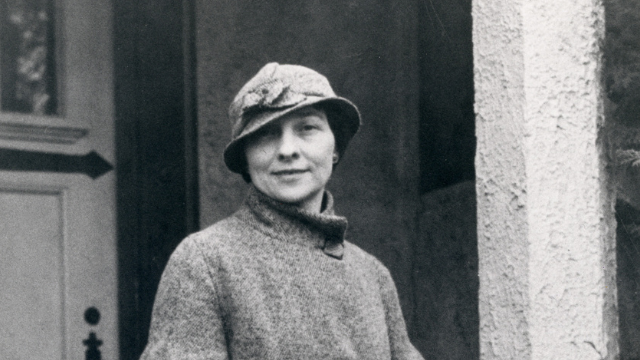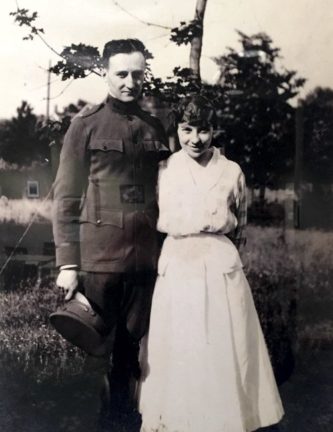
Not many women are known to have studied codes or the art of writing and solving them. American cryptology saw few women listed in the history books, and cryptanalyst stars like Elizebeth Smith Friedman and Agnes Driscoll were completely overlooked until recently.
The National Cryptologic Museum in Maryland has dedicated a section of the museum to showcase the 20th Century contributions of Elizebeth, Agnes, and many more gifted cryptanalyst like them.
Elizebeth and her husband, William Friedman, were considered American cryptology pioneers, although Elizebeth’s contributions gained recognition only recently.
Elizebeth’s Quaker Parentage and Early Life
In 2017, Jason Fagone, a nonfiction writer, published a book about Elizebeth – The Woman Who Smashed Codes, which explored her life and work as a cryptologist. PBS recently released a documentary, The Codebreaker, about Elizebeth based on books available about her.
Elizebeth Smith Freidman was born in 1892 to a Quaker family in Huntington, Indiana. Her parents were John M.and Sophia Strock Smith. She was the youngest of nine children, and her father, John, was a Quaker, working in the dairy business as a banker and a politician.
From an early age, a keen linguist, Elizebeth graduated from Hillsdale College in 1915 as an English Literature major. She was a poet and enjoyed literature and poetry. A year after graduating, the Riverbank Laboratories in Geneva, Illinois, hired her to decode ciphers in William Shakespeare’s writing, her first introduction to cryptology.
She met her husband, William Friedman, while working there. William, a cryptologist himself, is remembered as the godfather of the National Security Agency.
Career in Cryptology
Elizebeth and William spent four years at the Riverbank Laboratories before moving to Washington DC. After completing the Shakespeare project for the Riverbank Laboratories, Elizebeth teamed up with William to work with the national government during World War I, at first in an unofficial capacity and later as official code breakers.

In the 1920s, Elizabeth shifted to working for the Coast Guard as a decoder of radio messages generated by alcohol smugglers. Known for her gift in recognizing patterns, Elizabeth ended up becoming the first woman to lead the Coast Guard’s cryptanalytic unit.
Her subsequent work as a World War II cryptanalyst was only recognized after her death in 1980 and wasn’t declassified until 2008. During the war, her unit deciphered 4000 messages and is credited for cracking the Enigma code. During the post-World War II period, Elizebeth worked as a consultant and created communications security systems for the International Monetary Fund.
After retirement from government service, Elizebeth and William collaborated on a book entitled “The Shakespearean Ciphers Examined.” They won several awards for the book. After William’s death in 1969, she dedicated her time to compiling his work into an extensive cryptology collection for George C. Marshall Research Library in Lexington, Virginia.
Elizebeth and William raised two children, Barbara and John Friedman. Elizebeth passed away in Plainfield, New Jersey, at the age of 88.
Resources:
https://www.nsa.gov/About-Us/Current-Leadership/Article-View/Article/1623028/elizebeth-s-friedman/